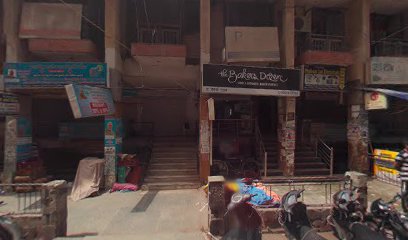
Explore the Majestic Humayun's Tomb Museum
Discover the breathtaking beauty and history of Humayun's Tomb Museum, a UNESCO World Heritage Site in New Delhi, a testament to Mughal architecture.
Step into history at Humayun's Tomb Museum, a UNESCO World Heritage Site in New Delhi. This stunning architectural marvel, nestled in lush gardens, offers a glimpse into the Mughal era with its exquisite design and rich cultural heritage. Visitors can enjoy a serene atmosphere while exploring the intricate details of this iconic site.
A brief summary to Humayun's Tomb Museum World Heritage Site
- H6VV+FM, New Delhi, Nizamuddin, National Zoological Park, Sundar Nagar, Delhi, 110013, IN
- Visit website
- Tuesday 10 am-6 pm
- Wednesday 10 am-6 pm
- Thursday 10 am-6 pm
- Friday 10 am-6 pm
- Saturday 10 am-6 pm
- Sunday 10 am-6 pm
Local tips
- Visit early in the morning to avoid crowds and enjoy cooler temperatures.
- Wear comfortable shoes, as you'll be walking through extensive gardens.
- Bring a camera to capture the stunning architecture and beautiful gardens.
- Check for any guided tours available for a deeper understanding of the site's history.
- Plan your visit on weekdays for a quieter experience.
Getting There
-
Metro
If you are near a metro station, take the Delhi Metro Blue Line (Dwarka Sector 21 to Noida City Centre/Vaishali) and alight at 'JLN Stadium' station. From there, exit the station and walk for approximately 15 minutes towards Humayun's Tomb. You can follow the signs or use a map application for navigation. The route will take you through the beautiful surroundings of Lodi Gardens, offering a pleasant walk.
-
Auto Rickshaw
From your location in Delhi, you can hire an auto rickshaw to take you directly to Humayun's Tomb. Just tell the driver 'Humayun ka Maqbara' or show them the address: H6VV+FM, Nizamuddin, National Zoological Park, Sundar Nagar, New Delhi, Delhi 110013. The ride will generally take around 20-30 minutes depending on traffic.
-
Bus
Look for a bus that goes towards Nizamuddin. You can take bus number 405 or 171 which will get you to the closest stop. Get off at 'Nizamuddin Railway Station' and walk for about 10 minutes to reach Humayun's Tomb. Follow the local signs or use a map application to guide you along the route.
-
Walking
If you are staying nearby, you can walk to Humayun's Tomb. It is located in the Nizamuddin area, and you can ask locals for directions. The site is well marked, and you will enjoy the local scenery on your way there.
Discover more about Humayun's Tomb Museum World Heritage Site
Iconic landmarks you can’t miss
Mazar-e-Mirza Asad Ullah Khan Ghalib Tomb
0.3 km
Explore the serene Mazar-e-Mirza Asad Ullah Khan Ghalib Tomb in New Delhi, a tribute to the literary genius of Urdu poetry in a tranquil garden setting.
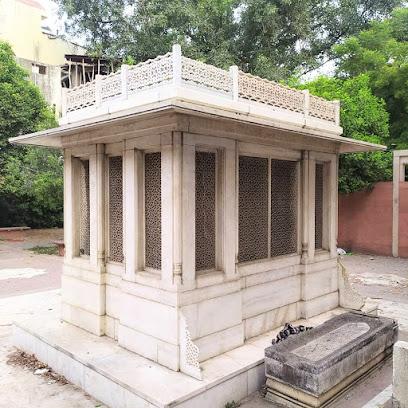
Lakkar Wala Burj
0.4 km
Explore the historical elegance of Lakkar Wala Burj, a UNESCO-listed landmark in New Delhi, perfect for history enthusiasts and casual visitors alike.
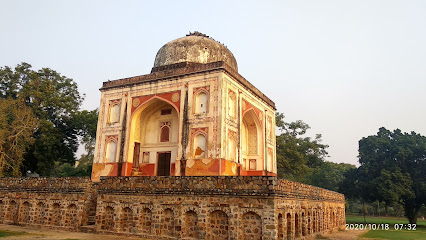
Abdul Rahim Khan-i-Khanan Tomb
0.8 km
Explore the serene Abdul Rahim Khan-i-Khanan Tomb, a historical jewel in Nizamuddin showcasing exquisite Mughal architecture and tranquil gardens.
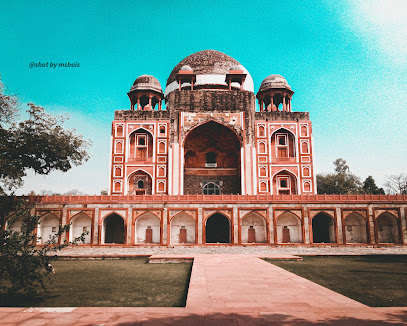
Lal Bangla Monument
0.9 km
Discover the rich heritage and stunning architecture of Lal Bangla Monument, a historical landmark in New Delhi, perfect for every traveler.
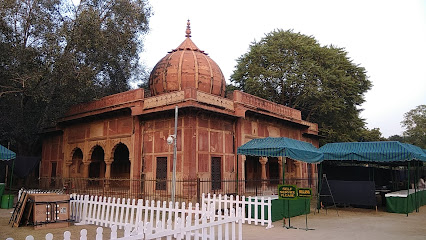
Humayuni Darwaza
1.4 km
Discover the historical beauty of Humayuni Darwaza, a grand gateway to New Delhi's Mughal heritage, rich in culture and architectural splendor.
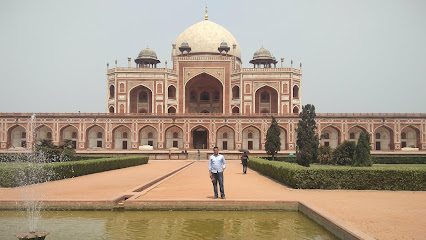
Bada Darwaza
1.7 km
Explore Bada Darwaza, a majestic historical landmark in New Delhi that showcases India's rich architectural heritage and storied past.

Lodhi Bridge
2.4 km
Discover the serene beauty of Lodhi Bridge, a historical landmark in New Delhi, surrounded by lush gardens and rich heritage.
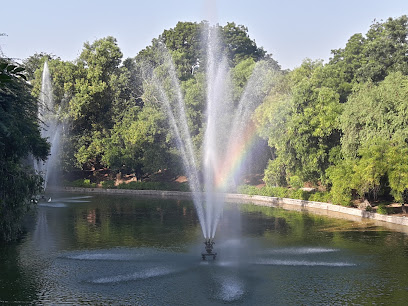
Glass House
2.7 km
Discover the serene beauty of the Glass House in Lodhi Gardens, New Delhi, where nature and architecture unite in perfect harmony.
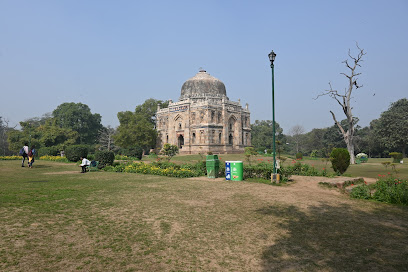
Chhote Khan Tomb, Delhi
3.3 km
Explore Chhote Khan Tomb in Delhi, a serene historical site showcasing Mughal architecture and tranquility amidst the city's vibrant culture.
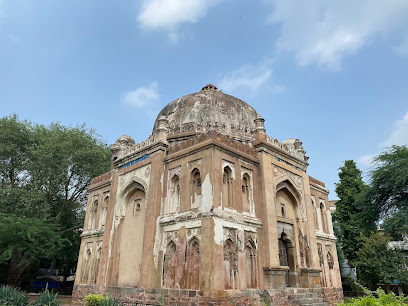
Tomb of Bhura Khan
3.3 km
Explore the Tomb of Bhura Khan, a serene historical landmark in New Delhi, showcasing exquisite architecture and a peaceful garden ambiance.
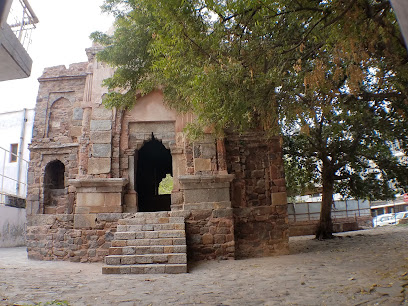
Safdarjung Tomb, Delhi
3.3 km
Explore the serene beauty and rich history of Safdarjung Tomb, a stunning example of Mughal architecture in the heart of Delhi.
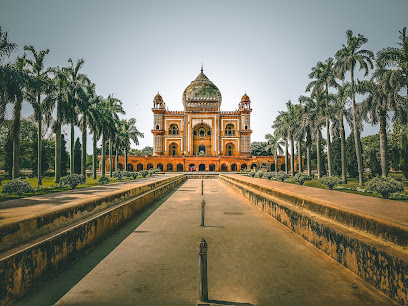
Safdarjung Tomb
3.3 km
Explore the majestic Safdarjung Tomb, a stunning Mughal architectural masterpiece nestled in lush gardens in New Delhi.
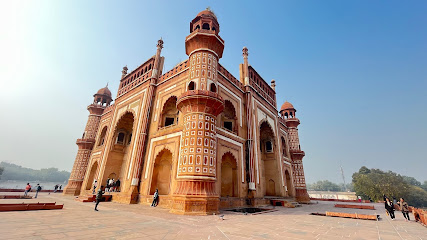
Najaf Khan's Tomb, Delhi
3.3 km
Discover the serene beauty and rich history of Najaf Khan's Tomb, a stunning Mughal architectural gem nestled in the heart of Delhi.
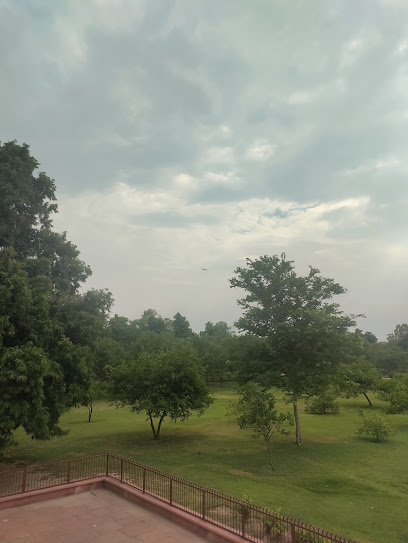
Darya Khan's Tomb
3.6 km
Explore Darya Khan's Tomb in New Delhi, a stunning historical landmark showcasing exquisite Mughal architecture amidst serene gardens.
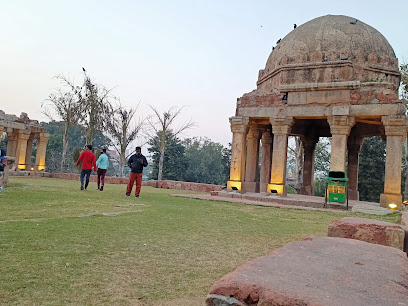
Kale Khan Ka Makbara
3.6 km
Explore the historical charm of Kale Khan Ka Makbara in New Delhi, a serene mausoleum reflecting exquisite Mughal architecture and rich cultural heritage.
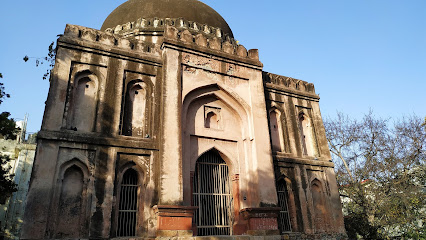
Unmissable attractions to see
Humayun's Tomb Interpretation Project
0.0 km
Experience the timeless beauty of Humayun's Tomb, a UNESCO World Heritage site showcasing Mughal architecture and serene gardens in New Delhi.
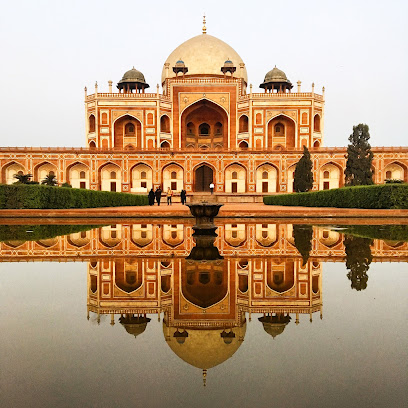
Humayun's Tomb Entry
0.1 km
Discover the architectural masterpiece of Humayun's Tomb, a UNESCO World Heritage Site that reflects the grandeur of Mughal history in New Delhi.
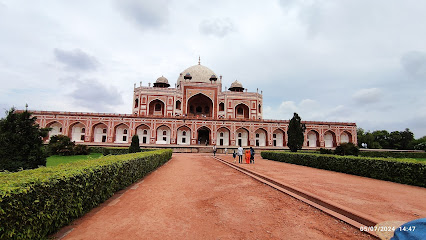
Sabz Burj
0.1 km
Explore the mesmerizing Mughal architecture of Sabz Burj, a historical monument nestled in the lush gardens of New Delhi, inviting you into a world of heritage.
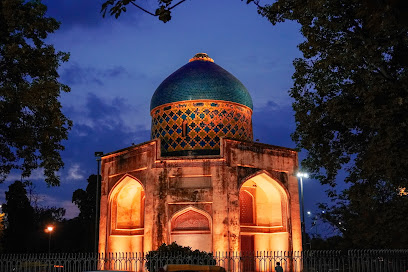
Sunder Nursery
0.2 km
Discover the tranquility of Sunder Nursery, a lush city park in New Delhi filled with vibrant gardens, historical monuments, and rich biodiversity.
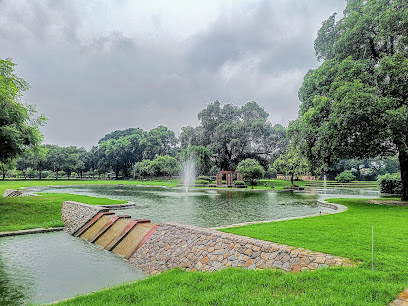
Bu Halima Tomb
0.2 km
Discover the serene beauty and rich history of Bu Halima Tomb, an architectural gem nestled in the heart of New Delhi's cultural heritage.

Isa Khan's Mosque
0.2 km
Discover the stunning Mughal architecture of Isa Khan's Mosque, a serene oasis in the heart of New Delhi's historical treasures.
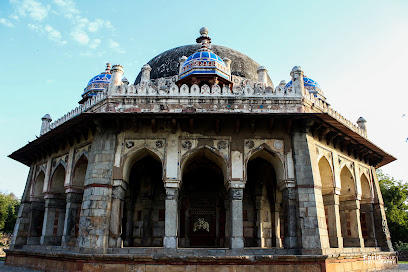
Banglewali Masjid Markaj Nizamuddin Delhi
0.3 km
Discover the tranquil beauty of Banglewali Masjid, a stunning architectural marvel in Nizamuddin, Delhi, perfect for cultural exploration and spiritual reflection.
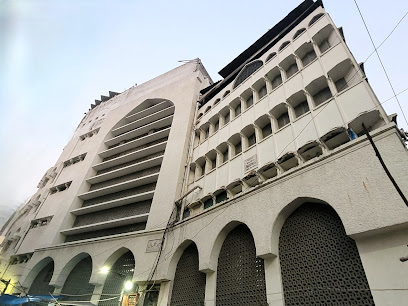
Isa Khan's Tomb, Delhi
0.3 km
Explore Isa Khan's Tomb in Delhi, a stunning Mughal architectural marvel set in lush gardens, offering a glimpse into India's rich historical heritage.

Markaz Nizamuddin Delhi
0.3 km
Explore the vibrant spiritual and cultural essence of Markaz Nizamuddin, a must-visit religious institution in New Delhi, rich in history and tradition.
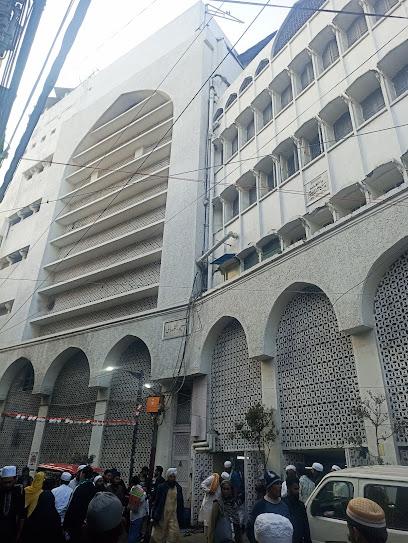
MARKAZI MASJID
0.3 km
Experience the spiritual tranquility and architectural beauty of Markazi Masjid, a significant landmark in New Delhi's vibrant Nizamuddin area.
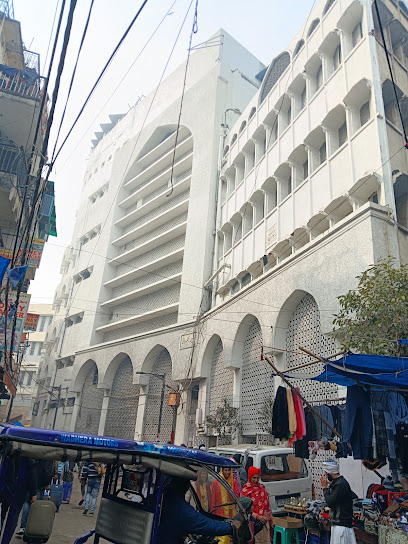
Arab Ki Sarai Gateway
0.3 km
Discover the Arab Ki Sarai Gateway in New Delhi, a historic landmark showcasing Mughal architecture and the artistry of India's past.
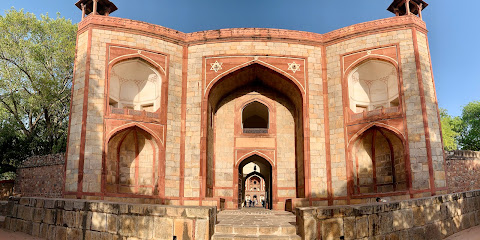
Chausath Khamba nizamuddin new delhi
0.3 km
Explore the serene Chausath Khamba in Nizamuddin, a historical marvel adorned with intricate Mughal architecture and rich cultural heritage.
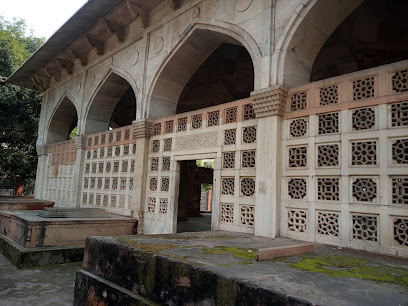
Hazrat Nizamuddin Dargah Baoli
0.3 km
Discover the enchanting Hazrat Nizamuddin Dargah, a spiritual landmark in New Delhi, rich in history, culture, and Sufi traditions.
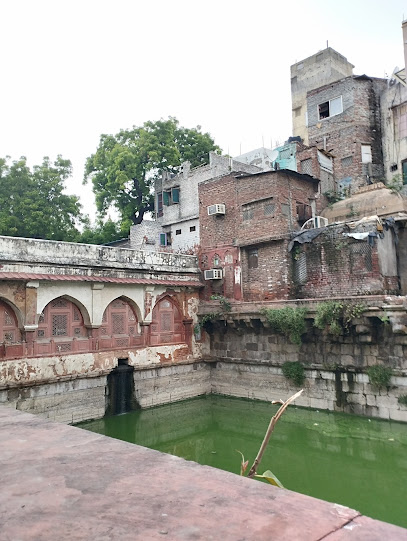
Afsarwala Tomb
0.4 km
Discover the serene beauty of Afsarwala Tomb, a stunning example of Mughal architecture nestled in the heart of New Delhi's historic Humayun's Tomb complex.
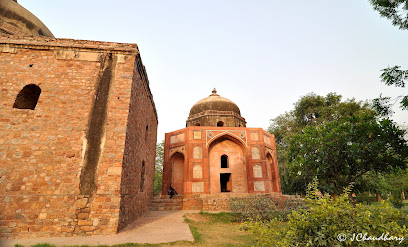
Dargah Hazrat Nizamuddin Aulia
0.4 km
Explore the spiritual depths of Dargah Hazrat Nizamuddin Aulia, a revered shrine in New Delhi, known for its rich history and vibrant Qawwali music.
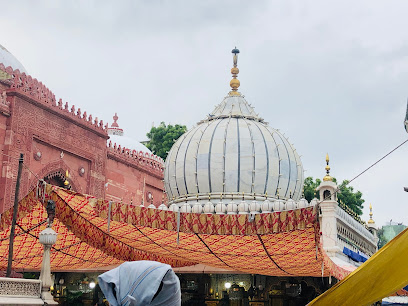
Essential places to dine
Indian Accent
0.7 km
Discover exquisite flavors at Indian Accent, where traditional Indian cuisine meets contemporary fine dining in New Delhi's vibrant culinary scene.

Out of the Box
1.9 km
Experience diverse culinary delights at Out of the Box in Khan Market - where flavors from around the world come together.

Delhi 'O' Delhi
1.9 km
Experience the vibrant flavors of India at Delhi 'O' Delhi - A premier buffet destination in New Delhi's India Habitat Centre.

Kothi No 1, Lodi Estate.
2.0 km
Discover exquisite dining at Kothi No 1 in Lodi Estate, where traditional Indian flavors meet modern culinary artistry.

Mr Showarma
2.1 km
Experience authentic Middle Eastern cuisine at Mr Showarma - your go-to destination for delicious shawarmas in New Delhi.

Chor Bizarre
2.1 km
Experience the essence of India's culinary heritage at Chor Bizarre in New Delhi – where tradition meets taste.
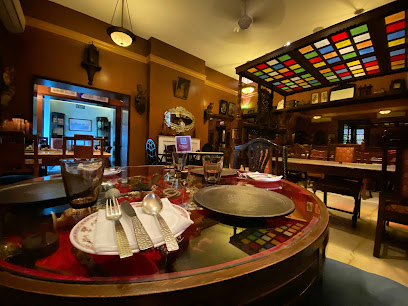
AF Cafe & Restaurant | Lodhi Gardens, New Delhi
2.1 km
Discover culinary delights at AF Cafe & Restaurant in Lodhi Gardens – where modern French cuisine meets serene surroundings.
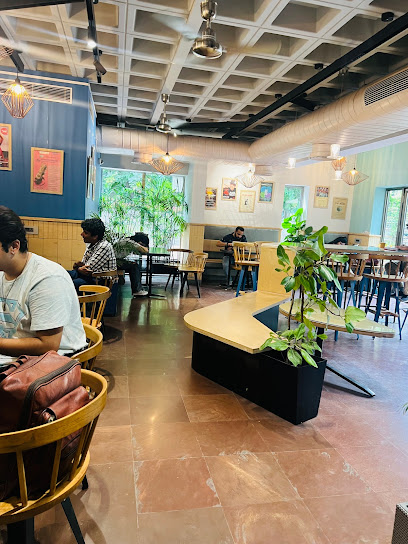
Bistro Français | Regional French cuisine restaurant in Delhi | Authentic French cuisine restaurant
2.2 km
Indulge in exquisite regional French cuisine at Bistro Français, where authentic flavors meet serene garden views in New Delhi.
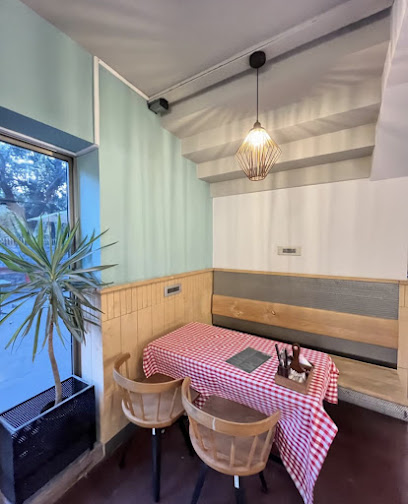
IIC Main Dining Hall
2.2 km
Experience culinary excellence at IIC Main Dining Hall amidst the stunning landscapes of Lodhi Gardens in New Delhi.
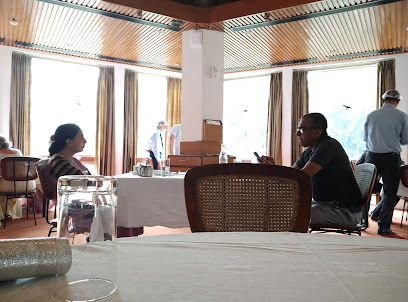
Karims Food Plaza
2.2 km
Experience authentic Mughlai cuisine at Karims Food Plaza in New Delhi – where rich flavors meet vibrant culture in every bite.
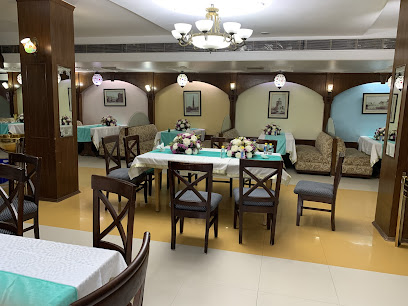
IIC Annexe
2.3 km
Discover exquisite dining at IIC Annexe in Lodhi Gardens, New Delhi – where culinary artistry meets serene nature.
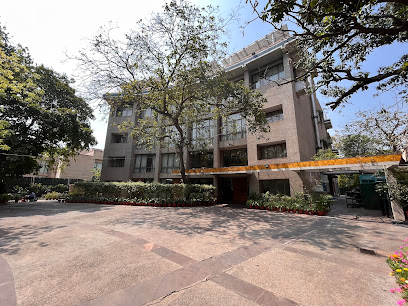
Guppy
2.3 km
Experience exquisite Japanese cuisine at Guppy in New Delhi – where tradition meets modernity in every delicious bite.

Lodi Slow Dining
2.3 km
Experience exquisite European cuisine at Lodi Slow Dining amidst the tranquility of Lodhi Gardens in New Delhi.

Garden Chef
2.5 km
Discover the essence of Chinese cuisine at Garden Chef in Lodi Colony - where fast food meets authentic flavors.
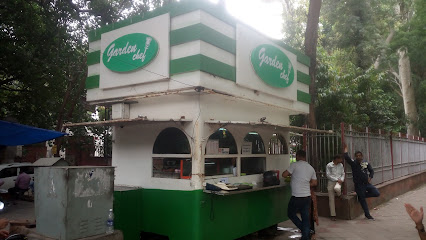
Sevilla
2.9 km
Discover Sevilla in New Delhi: An exquisite Mediterranean dining experience featuring Italian and Spanish cuisines amidst luxury.

Markets, malls and hidden boutiques
Click Internationals
2.0 km
Explore the essence of contemporary Indian fashion at Click Internationals in New Delhi, a women's clothing store that offers unique styles for every occasion.
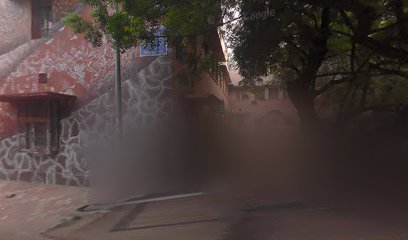
Tiwari Store
2.0 km
Discover the vibrant flavors of India at Tiwari Store, your go-to Indian grocery store in New Delhi for authentic spices and local delicacies.

Unique Store
2.0 km
Discover the charm of local shopping at Unique Store in New Delhi, where everyday essentials meet unique finds for every traveler.

The Shop
2.1 km
Explore The Shop in New Delhi for a unique blend of contemporary and traditional fashion, perfect for stylish souvenirs and gifts.
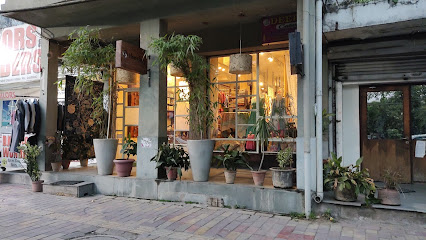
Sanjay Pal
2.1 km
Discover the charm of Sanjay Pal, a unique shopping destination in New Delhi that blends culture, craftsmanship, and the beauty of Lodhi Gardens.

Pappu Paan Shop
2.2 km
Experience the authentic taste of India at Pappu Paan Shop in New Delhi, where every paan is a flavorful journey into tradition and culture.
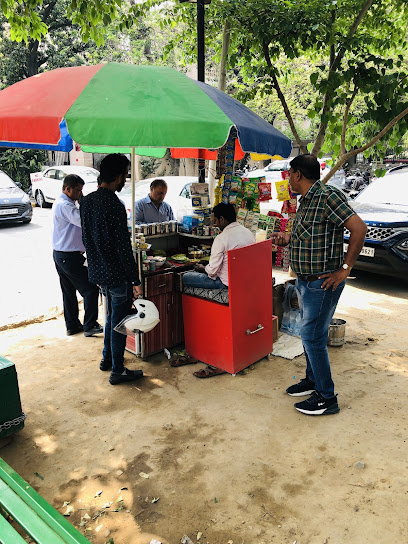
Goel Gift Gallery
2.3 km
Explore Goel Gift Gallery in Lodi Colony, New Delhi, for a unique array of gifts blending traditional craftsmanship with modern flair.
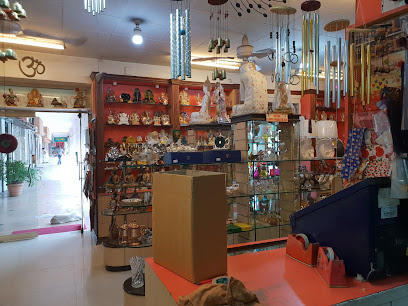
Archies Cards, Gifts & Toys
2.5 km
Explore a treasure trove of toys and gifts at Archies Cards, Gifts & Toys in New Delhi, where joy and creativity come alive for all ages.
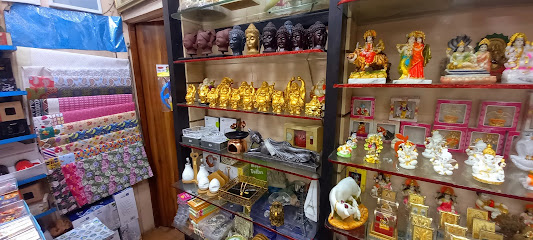
Gadget & Gift Zone
2.6 km
Uncover unique gifts and innovative gadgets at Gadget & Gift Zone – a treasure trove for tourists in New Delhi.

In
2.7 km
Explore a vibrant clothing store in Lajpat Nagar, New Delhi, offering unique clothing, crafts, and home goods for the discerning traveler.
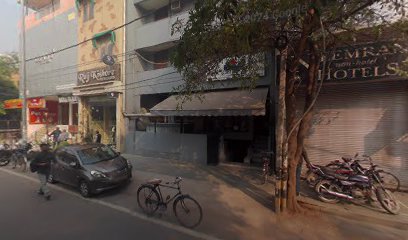
ASIN BOUTIQUE SOUTH EX
2.9 km
Discover fashion excellence at ASIN Boutique South Ex, New Delhi's premier destination for stylish clothing and accessories.

SONDHA
3.0 km
Explore SONDHA, New Delhi's enchanting garden shop near Safdurjung Tomb, where nature lovers find beauty, plants, and garden essentials.

Suvi ( jewellery, gifts, home accessories )
3.5 km
Explore the enchanting world of Suvi in Delhi, where exquisite jewelry meets delightful gifts and unique home accessories.

Westside - South Ex., Delhi
3.5 km
Explore the fashion-forward Westside in South Ex., Delhi - a premier destination for trendy clothing and stylish accessories.

Kasaya
3.5 km
Discover unique fashion and lifestyle treasures at Kasaya, a boutique in New Delhi that showcases contemporary Indian design and craftsmanship.

Essential bars & hidden hideouts
Cirrus9
0.5 km
Experience the breathtaking skyline of New Delhi at Cirrus9, where exquisite cocktails and gourmet cuisine meet luxury and style.

Safari Lounge
0.7 km
Experience the exotic ambiance of Safari Lounge in New Delhi's Lodhi hotel, where exquisite cocktails and vibrant nightlife await.

Anglow
1.8 km
Discover Anglow, a chic lounge in Khan Market, where exceptional European cuisine meets crafted cocktails and vibrant live music.

The Chatter House
1.8 km
Experience the vibrant atmosphere and culinary delights of The Chatter House, a premier gastropub in Khan Market, New Delhi.
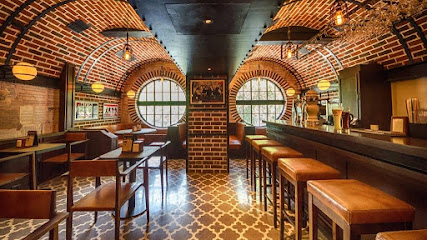
Perch Wine & Coffee Bar
1.9 km
Experience the finest wines and artisanal coffee at Perch Wine & Coffee Bar, a sophisticated destination in Delhi's vibrant Khan Market.

KLAP
1.9 km
Experience culinary creativity at KLAP, a vibrant tapas bar in the heart of Khan Market, New Delhi, where flavors come alive.

The Terrace Bar
2.0 km
Experience the serene atmosphere of The Terrace Bar at India Habitat Centre, the perfect spot for relaxation and enjoyment in New Delhi.

PRESS CLUB
3.0 km
Discover the lively atmosphere and diverse drink selection at PRESS CLUB, a top bar destination in New Delhi.

1 Oak
3.2 km
Experience a vibrant fusion of Chinese, Continental, and Italian cuisines at 1 Oak, a must-visit bar in New Delhi.

Nocturnal Lyrical Air Bar
3.4 km
Experience the vibrant nightlife of South Delhi at Nocturnal Lyrical Air Bar, where gourmet food meets innovative drinks in a lively atmosphere.

Mic Drop 2.0
3.5 km
Discover the vibrant atmosphere and diverse culinary offerings at Mic Drop 2.0, a must-visit bar and restaurant in South Delhi.

Studio XO Bar
3.5 km
Discover the lively fusion of music and cuisine at Studio XO Bar, a premier live music venue in New Delhi's vibrant nightlife scene.

CODE DELHI
3.7 km
Experience the lively atmosphere and innovative cocktails at CODE DELHI, a top cocktail bar and restaurant in South Extension I, New Delhi.

Grappa Bar
3.9 km
Experience the elegance of Grappa Bar, where exquisite cocktails meet a luxurious ambiance in the heart of New Delhi's Shangri-La Eros Hotel.

Voda Bar
4.2 km
Discover Voda Bar in New Delhi, where vibrant Asian flavors meet a lively bar atmosphere for an unforgettable culinary experience.
